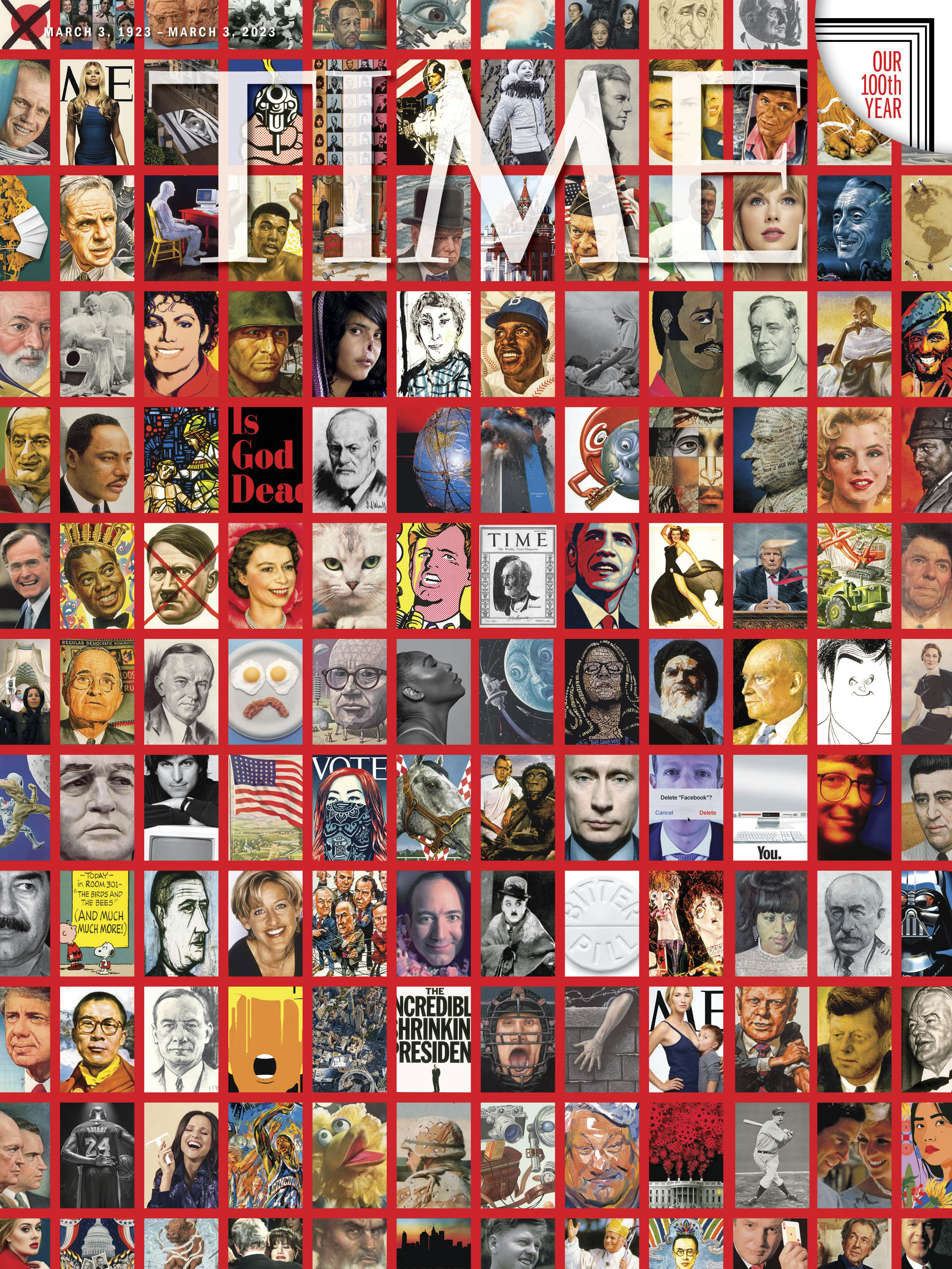This issue is, for all of us at TIME, an extraordinarily special one. Publishing 100 years since our brand came to life as a 32-page weekly, it is a marker of constancy and change. Constancy in our unwavering commitment to trusted journalism that tells the world’s story through the people who shape it. Change in so many ways, but most importantly in the stories themselves and the ways we tell them.
One measure of the distance of 10 decades: On the cover of that March 3, 1923, issue: “Uncle Joe” Cannon, the then 86-year-old retiring Speaker of the House who, as TIME put it, “represents the Old Guard in the very flower of its maturity.” A century later in this issue, our focus is on leaders disrupting the Old Guard: TIME’s 2023 Women of the Year, which will be revealed March 2, is now an annual franchise amending the record of a magazine that at its outset was explicitly for “busy men.” Today, of course, we tell these and all of our stories not only in print but also across all of our digital, video, and social platforms to an audience of more than 100 million people around the world, by far the largest in our history.

Buy a print of the TIME 100th Anniversary Centennial cover here
TIME’s co-founder Henry Luce saw business as an exercise in foresight, and the company he launched was from the start an innovator. Out of TIME’s pages sprang numerous new businesses and brands, from Fortune and Sports Illustrated to, decades later, People and HBO. TIME itself evolved from print to documentaries and feature films even in its earliest days, winning an Oscar in 1937 for a news series known as The March of TIME. Long before the internet, it pioneered now ubiquitous formats, from the news brief (the original prospectus decreed that no article could be longer than 400 words) to quizzes and memes. It changed the American vocabulary itself, bringing into the lexicon words like tycoon and pundit.
As we begin our second century, that spirit of innovation and disruption inspires us every day. At this moment of massive transformation in our industry and the world we cover, we are more committed than ever before to ensuring that our company and our journalism thrive in the decades to come. In the coming months as we implement the future-forward plan we call TIME 3.0, you’ll see deepened focus and new experiences on our digital platforms; incredible new films from our TIME Studios division, which has produced dozens of documentaries and specials for nearly every major streaming platform since its launch three years ago; amazing live events all over the world, including one in Los Angeles to celebrate the TIME Women of the Year on International Women’s Day, March 8; and much more.
It seems fitting that, looking back at the first magazine of 1923, one rubric has made it through the full century to today: the Milestones column, which marks historic moments in the world. As we reach our own Milestone, we are honored by the continued trust of our customers and of those whose stories we are privileged to tell. We are grateful to our TIME colleagues who bring these stories to life; to TIME’s owners, Marc and Lynne Benioff; and to our audiences around the world for their support of our work and our mission. To quote Lynne, “If it’s history, it’s
in TIME, and if it’s in TIME, it’s history.” Thank you for being part of ours.
- Why Biden Dropped Out
- Ukraine’s Plan to Survive Trump
- The Rise of a New Kind of Parenting Guru
- The Chaos and Commotion of the RNC in Photos
- Why We All Have a Stake in Twisters’ Success
- 8 Eating Habits That Actually Improve Your Sleep
- Welcome to the Noah Lyles Olympics
- Get Our Paris Olympics Newsletter in Your Inbox
